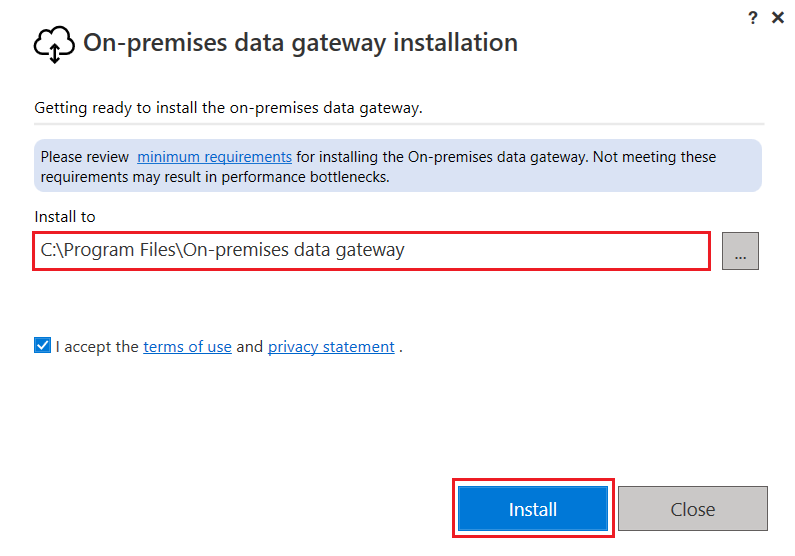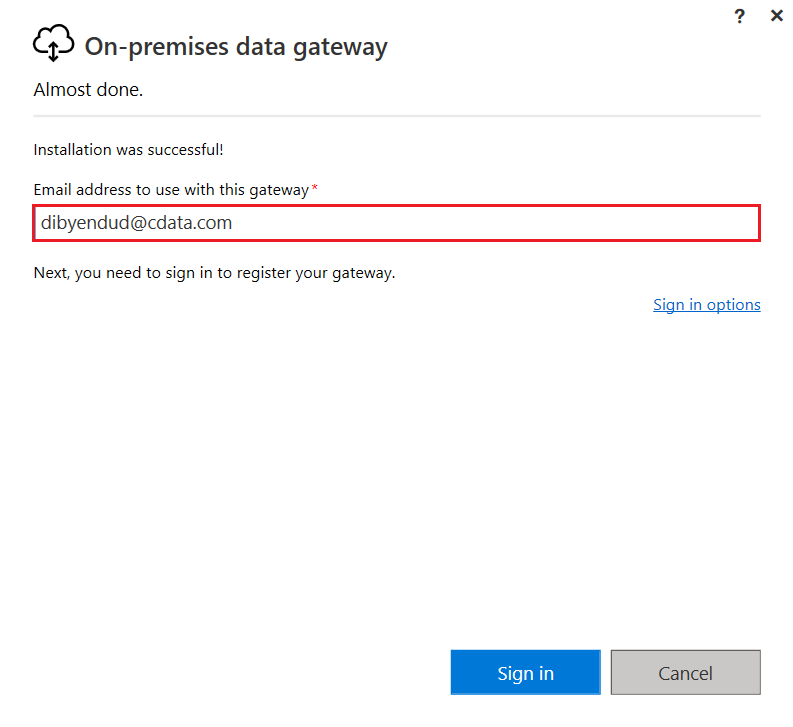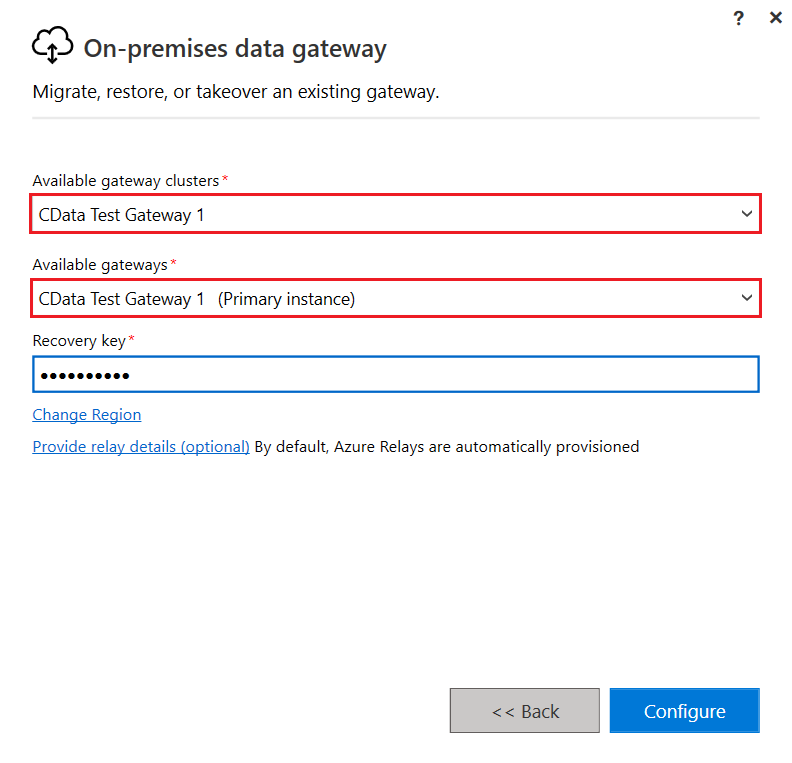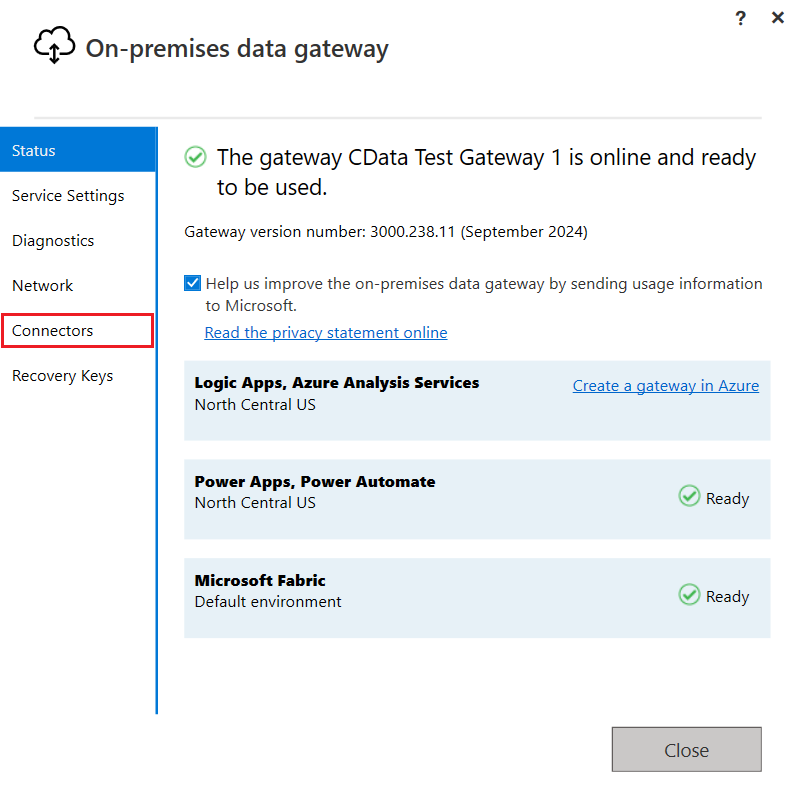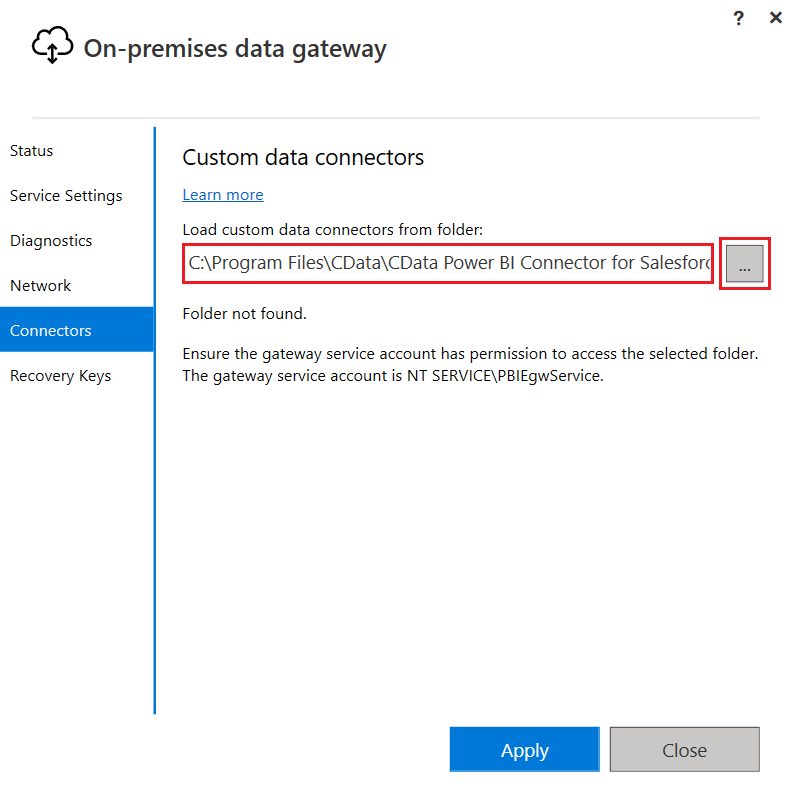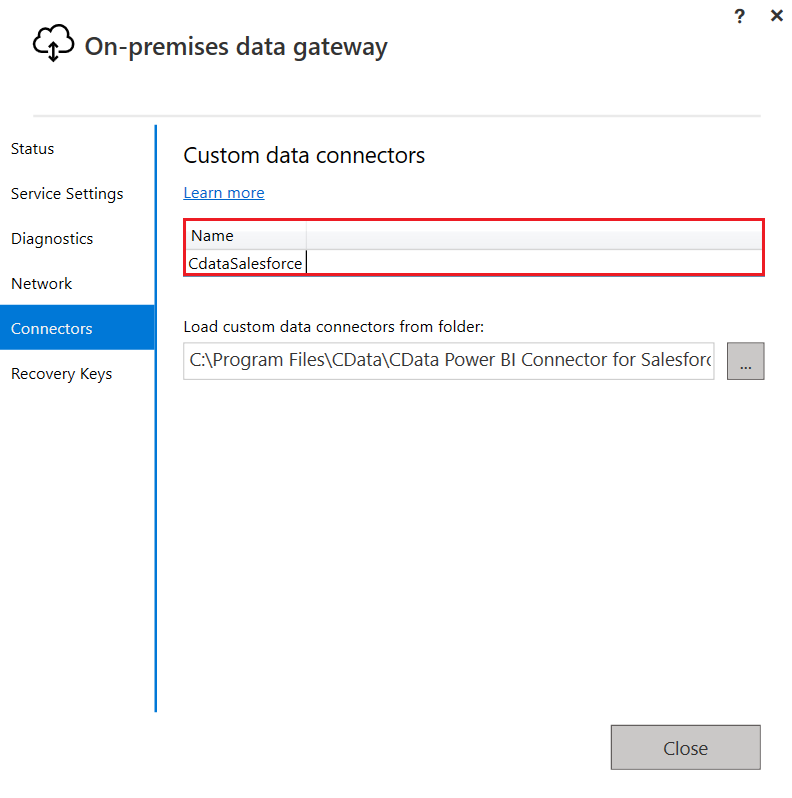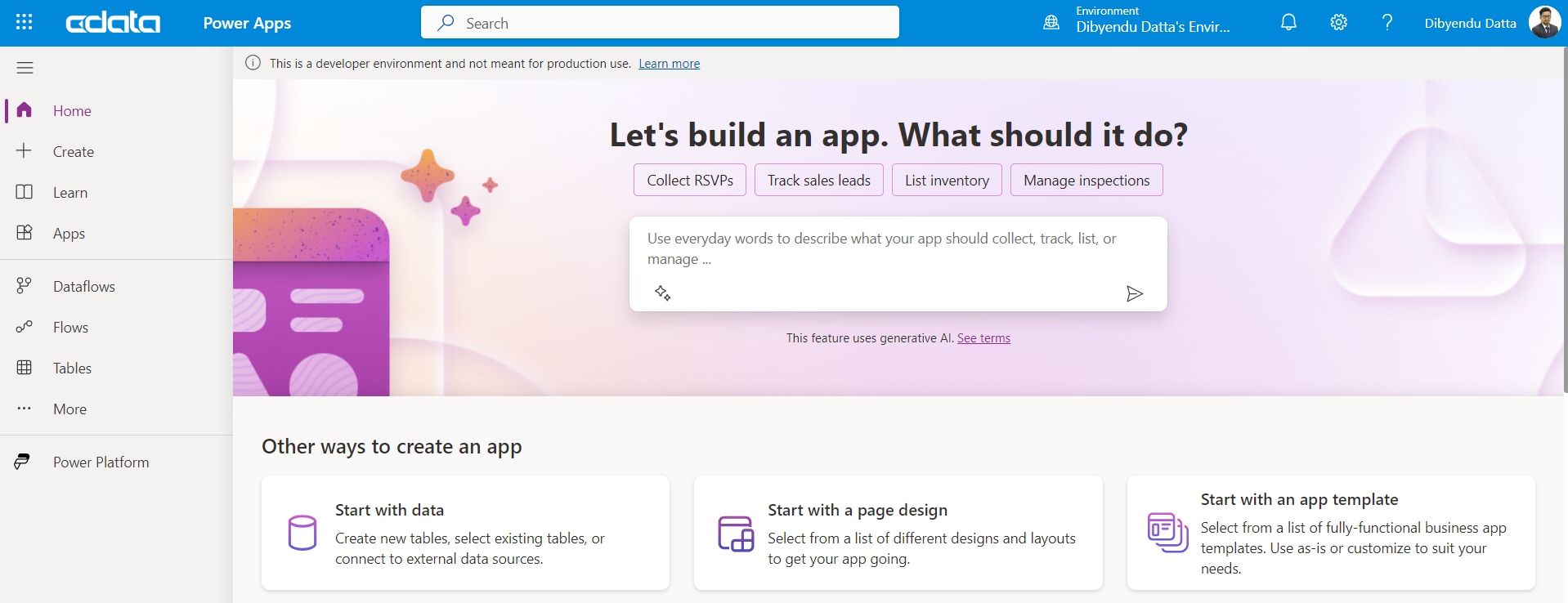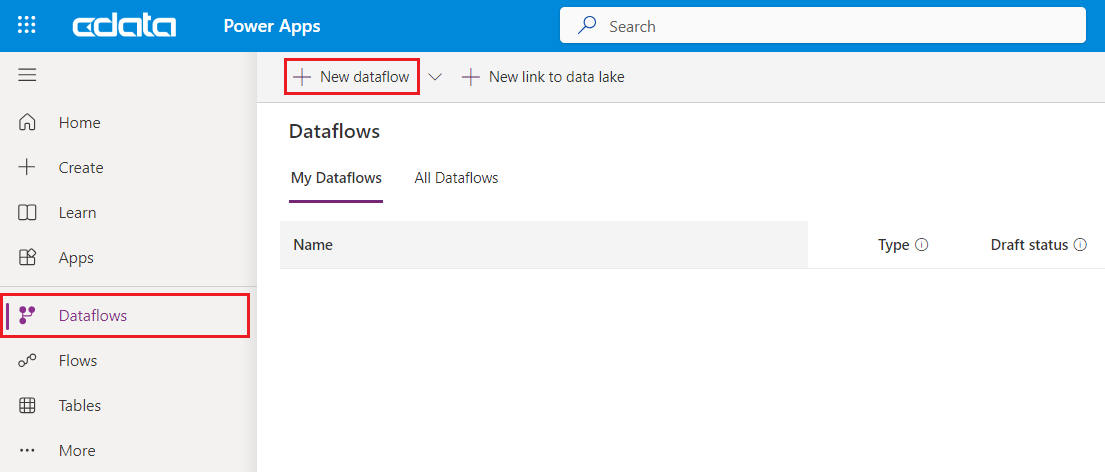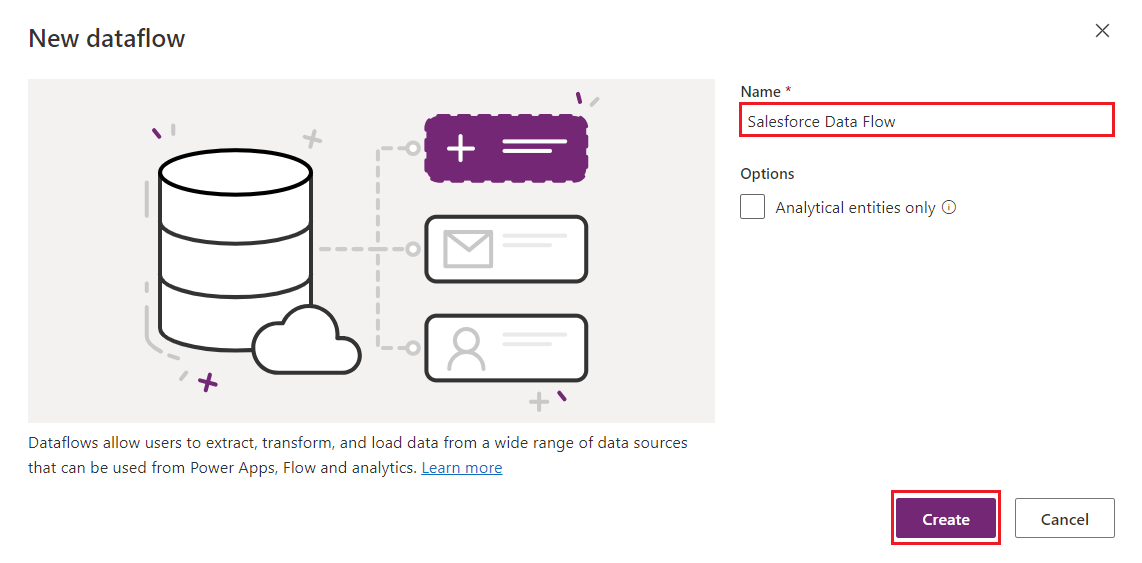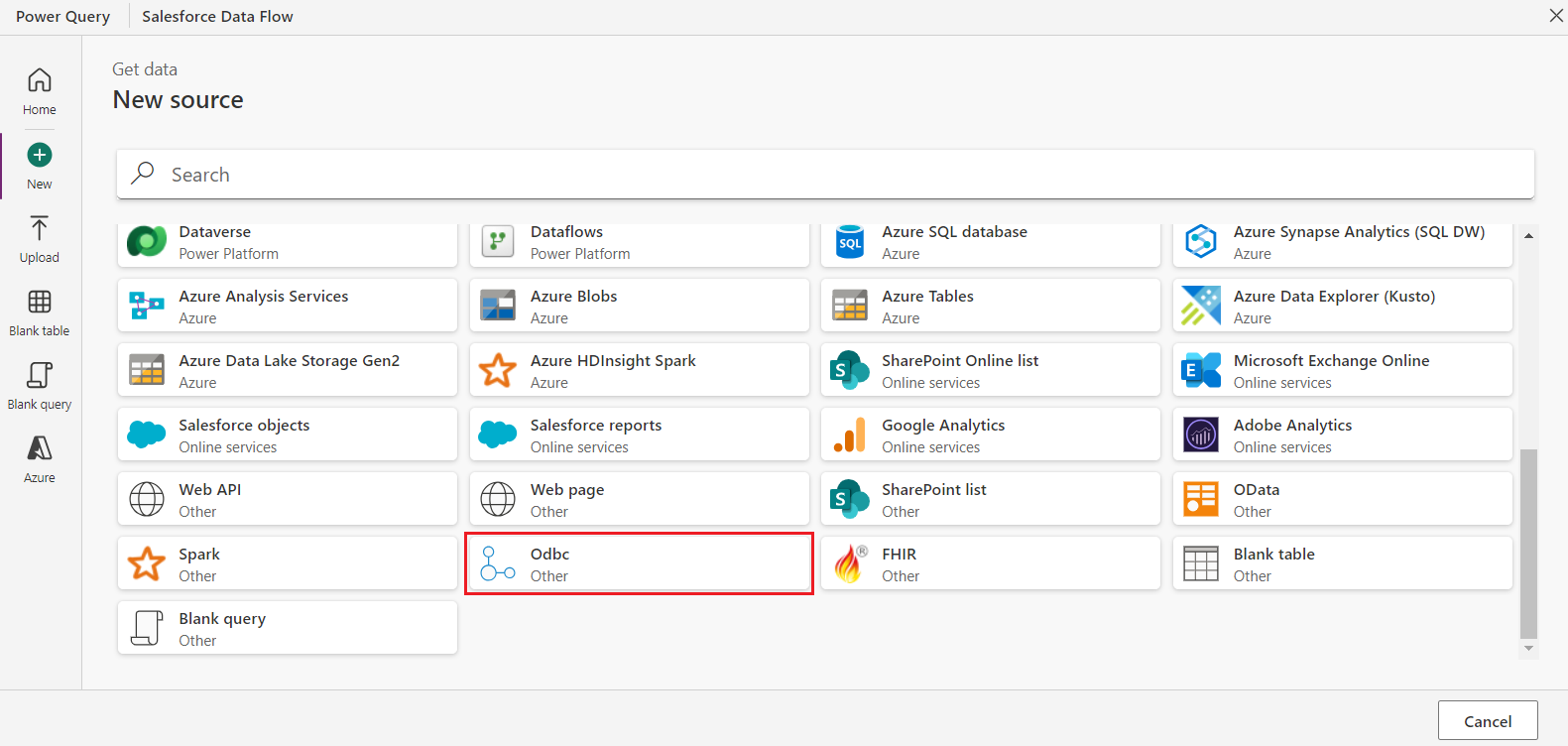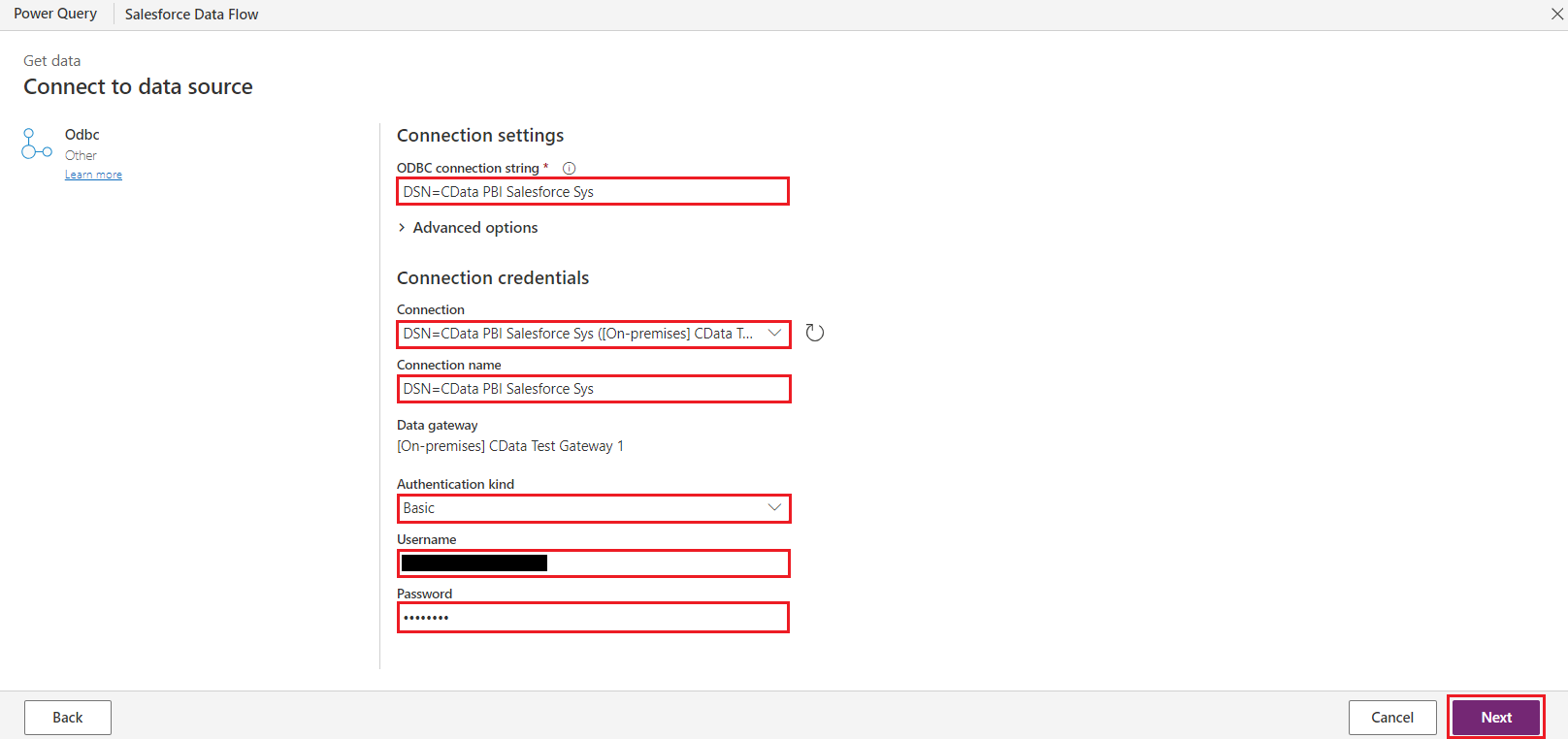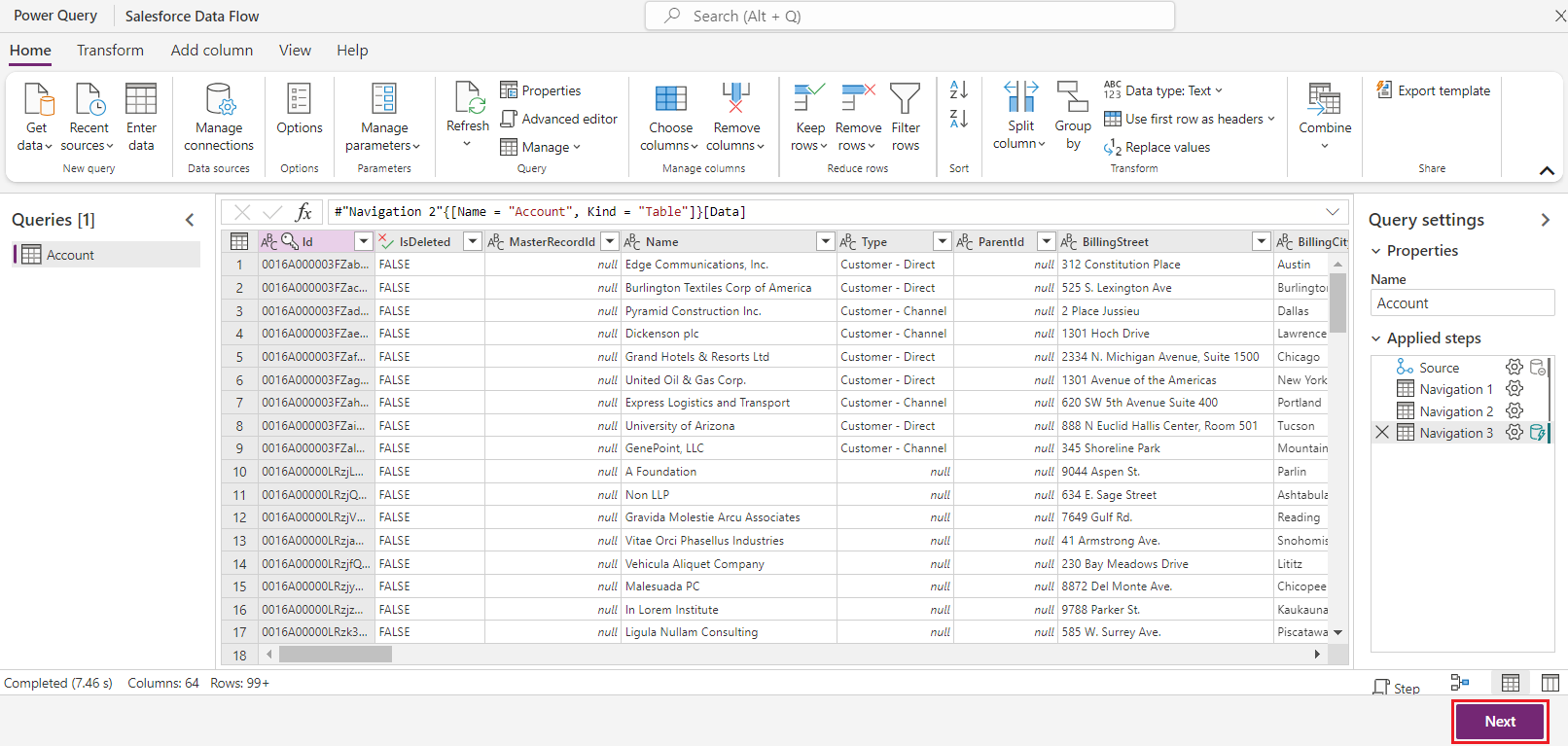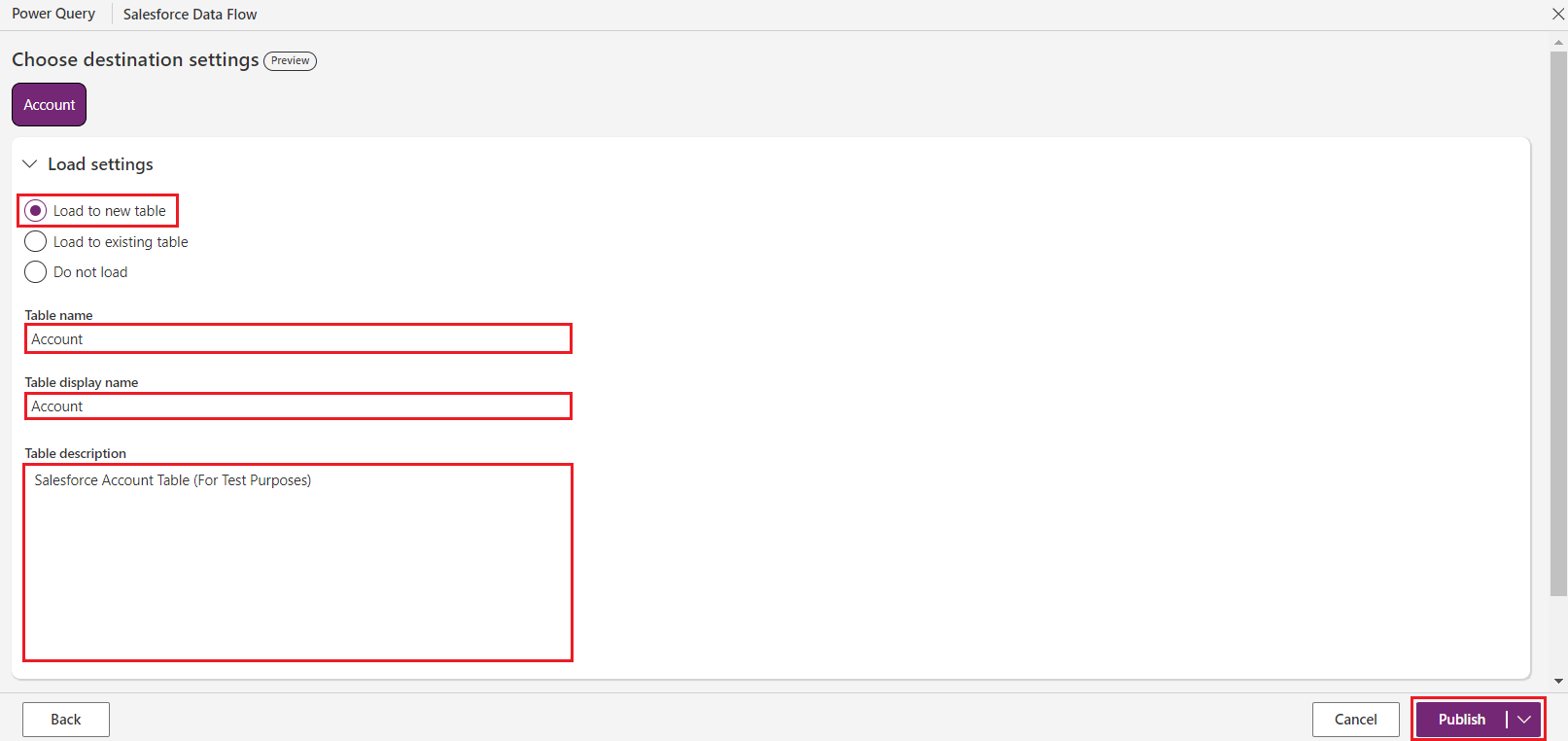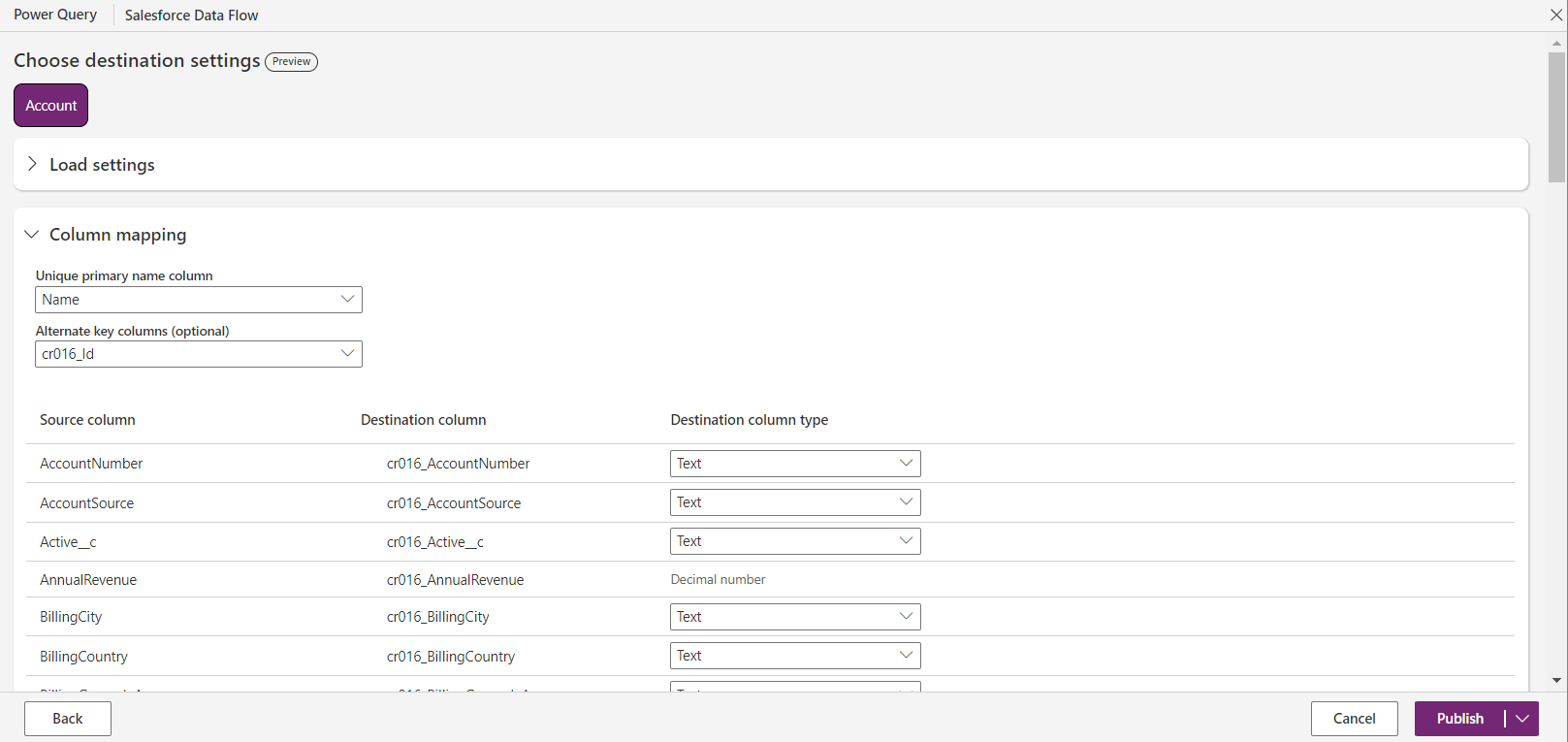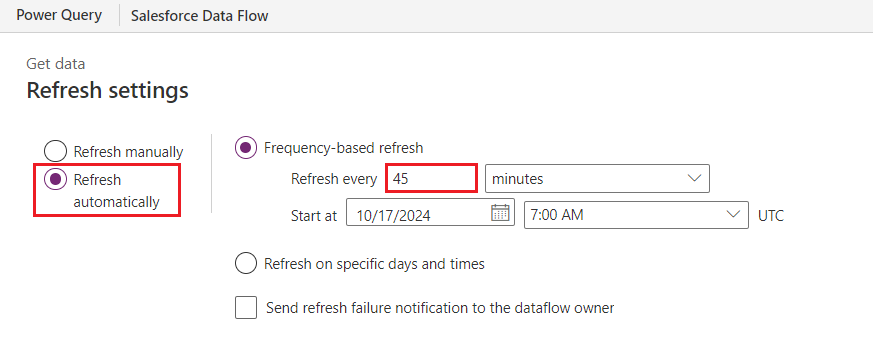Discover how a bimodal integration strategy can address the major data management challenges facing your organization today.
Get the Report →Connect to Real-Time HubDB Data in Power Apps Using Dataflows to Build Custom Applications
Use CData Power BI Connector for HubDB and Dataflow to import and use HubDB data in Power Apps.
Power Apps is a suite of apps, services, and connectors that allows users to build custom applications with minimal or no coding. It empowers businesses to create tailored apps that solve specific business challenges, automate workflows, and integrate with various data sources, including Microsoft Dataverse, SQL Server, and third-party services.
Dataflows in Power Apps simplify the process of importing, transforming, and loading external data into Microsoft Dataverse or other storage systems. They allow users to connect to multiple data sources (like Salesforce, Excel, or SQL databases), clean or shape the data, and store it in Power Apps. When paired with the CData Power BI Connector for HubDB, it provides access to HubDB data to build custom applications and more
This article demonstrates how you can easily connect to HubDB using the CData Power BI Connector for HubDB and integrate your HubDB data through the Power Apps on-premises data gateway.
Configure a DSN to connect to HubDB data
Installing the Power BI Connector creates a DSN (data source name) called CData PBI HubDB Sys. This the name of the DSN that Power BI uses to request a connection to the data source. Configure the DSN by filling in the required connection properties.
You can use the Microsoft ODBC Data Source Administrator to create a new DSN or configure (and rename) an existing DSN: From the Start menu, enter "ODBC Data Sources." Ensure that you run the version of the ODBC Administrator that corresponds to the bitness of your Power BI Desktop installation (32-bit or 64-bit).
There are two authentication methods available for connecting to HubDB data source: OAuth Authentication with a public HubSpot application and authentication with a Private application token.
Using a Custom OAuth App
AuthScheme must be set to "OAuth" in all OAuth flows. Be sure to review the Help documentation for the required connection properties for you specific authentication needs (desktop applications, web applications, and headless machines).
Follow the steps below to register an application and obtain the OAuth client credentials:
- Log into your HubSpot app developer account.
- Note that it must be an app developer account. Standard HubSpot accounts cannot create public apps.
- On the developer account home page, click the Apps tab.
- Click Create app.
- On the App info tab, enter and optionally modify values that are displayed to users when they connect. These values include the public application name, application logo, and a description of the application.
- On the Auth tab, supply a callback URL in the "Redirect URLs" box.
- If you're creating a desktop application, set this to a locally accessible URL like http://localhost:33333.
- If you are creating a Web application, set this to a trusted URL where you want users to be redirected to when they authorize your application.
- Click Create App. HubSpot then generates the application, along with its associated credentials.
- On the Auth tab, note the Client ID and Client secret. You will use these later to configure the driver.
Under Scopes, select any scopes you need for your application's intended functionality.
A minimum of the following scopes is required to access tables:
- hubdb
- oauth
- crm.objects.owners.read
- Click Save changes.
- Install the application into a production portal with access to the features that are required by the integration.
- Under "Install URL (OAuth)", click Copy full URL to copy the installation URL for your application.
- Navigate to the copied link in your browser. Select a standard account in which to install the application.
- Click Connect app. You can close the resulting tab.
Using a Private App
To connect using a HubSpot private application token, set the AuthScheme property to "PrivateApp."
You can generate a private application token by following the steps below:
- In your HubDB account, click the settings icon (the gear) in the main navigation bar.
- In the left sidebar menu, navigate to Integrations > Private Apps.
- Click Create private app.
- On the Basic Info tab, configure the details of your application (name, logo, and description).
- On the Scopes tab, select Read or Write for each scope you want your private application to be able to access.
- A minimum of hubdb and crm.objects.owners.read is required to access tables.
- After you are done configuring your application, click Create app in the top right.
- Review the info about your application's access token, click Continue creating, and then Show token.
- Click Copy to copy the private application token.
To connect, set PrivateAppToken to the private application token you retrieved.
Configure the on-premises data gateway to recognize the CData Power BI Connector for HubDB
In this section, we will configure the on-premises data gateway to detect the CData Power BI Connector for HubDB installed on your system. If you haven't installed the data gateway yet, you can download it from Microsoft's official website.
Set Up the Power BI Gateway
Follow the given process to configure the on-premise data gateway on your machine:
- Download and install the on-premises data gateway (recommended) option.
![Install the On-Premise Data Gateway]()
- Sign into the gateway.
![Sign into the gateway using your email-id]()
- Create a name for the new gateway and specify a recovery key.
![Add a name and a recovery key to the gateway]()
- Open the new gateway, navigate to the Connector tab, and select the path C:\Program Files\CData\CData Power BI Connector for HubDB from the folder. Click on Apply.
![The new gateway is now configured and ready to be used]()
![Add the installation path to the CData Power BI Connector for HubDB]()
NOTE: Select the folder where the gateway will search for the CData Power BI Connector.
- Once the CData Power BI Connector for HubDB is identified by the gateway, you're good to go.
![The CData Power BI Connector for HubDB is identified by the gateway]()
Configure a dataflow connection in Power Apps
Once the on-premise data gateway is configured and a new gateway is created, follow these steps to create a dataflow that pulls in the HubDB data into Power Apps:
- Open Power Apps.
![Open Power Apps]()
- Select Dataflows from the left panel on the Power Apps screen and click + New Dataflow.
![Create a new dataflow]()
- Provide a name to the dataflow and click Create.
![Add a name to the dataflow]()
- Select ODBC from the list of data sources.
![Select ODBC]()
- On the ODBC Connection settings screen, use the connection details you set up earlier by entering DSN=Connection name (in this case, DSN=CData PBI HubDB Sys) in the connection string. The on-premise data gateway will display available gateways for connection - select the one you created. Due to the current specifications of Power Apps dataflows, authentication is required for ODBC connections. Choose Basic as the authentication type and enter the HubDB Username and Password. Click Next.
![Configure the connection settings]()
- HubDB is now connected to Power Apps. Under Display options, expand CData under ODBC and HubDB under CData, and a list of all the HubDB tables will appear in the panel. When you select any one of these tables, a preview will appear, showing that the HubDB data is correctly referenced through the Power BI connector and on-premise data gateway. Next, click on Transform Data.
![Click on Transform Data]()
- On the query editing screen, if no column conversion is needed, you can skip this step and proceed by clicking on Next.
![Click on Next]()
- In the Choose destination settings screen, you can select how the selected table needs to be loaded by choosing options like Load to new table, Load to existing table, and Do not load. You can also change the Table display name and description as required.
![Select how the table needs to be loaded]()
![Choose the destination settings]()
- Finally, choose how you'd like to update your data: Refresh manually or Refresh automatically. In this case, we have set it to Refresh automatically. By scheduling it to update every 45 minutes, as shown below, data will be collected and registered every 45 minutes timeframe, ensuring the most up-to-date information is always available. (You can select any timeframe based on your convenience)
![Choose among the two refresh settings]()
- Click on Publish. The dataflow will now be created, published, and displayed as a part of the dataflow list on the Dataflows screen.
![Publish the dataflow]()
Get Started Today
At this point, you will have created a dataflow using live HubDB data and connected it to Power Apps. To learn more, explore the CData Power BI Connectors for Salesforce and download a free 30-day trial from the CData Power BI Connector for HubDB page.
Feel free to reach out to our Support Team with any questions.





